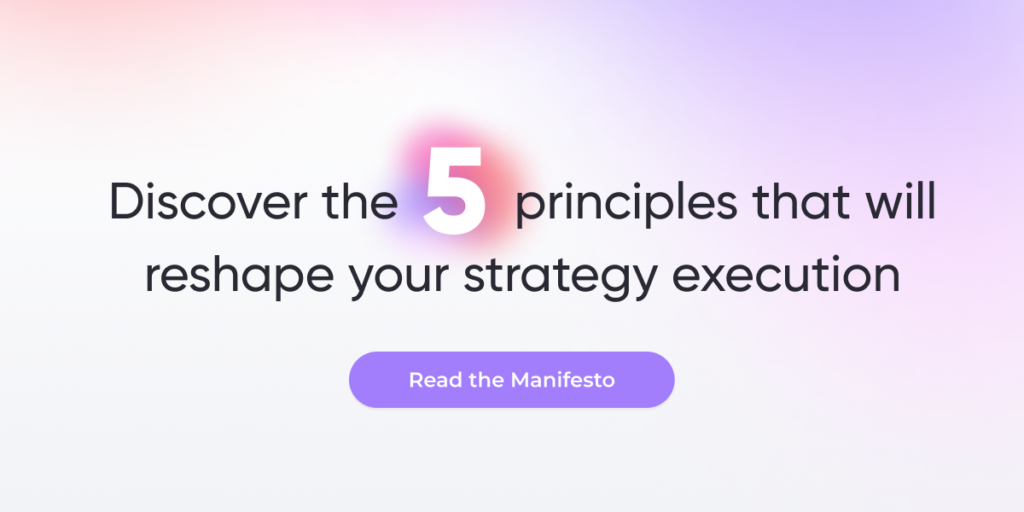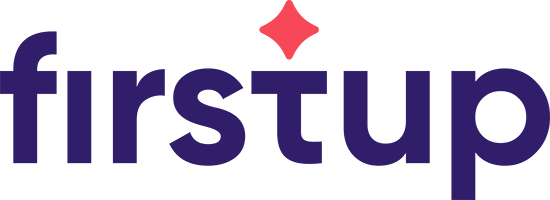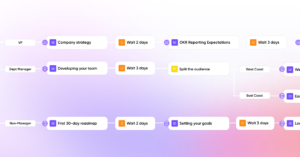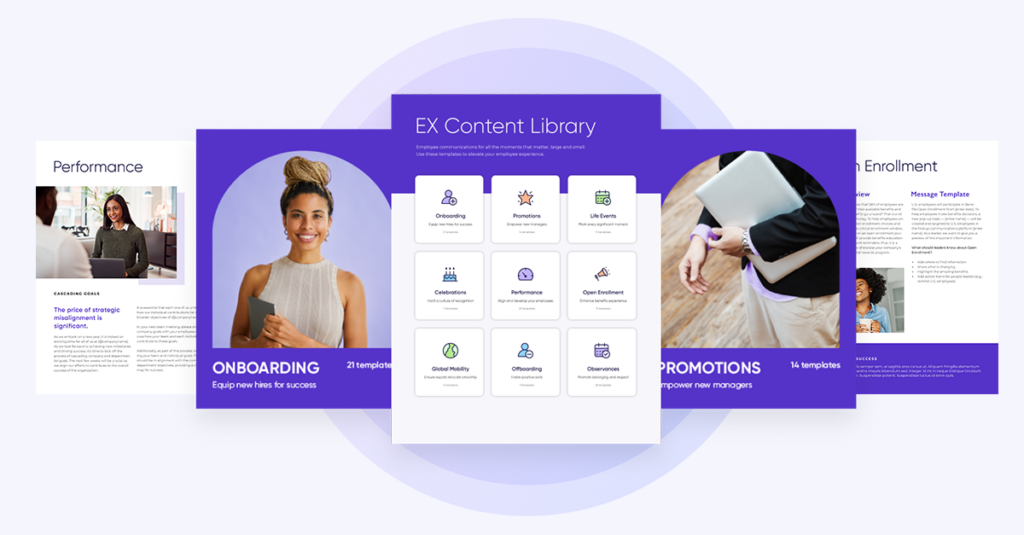The modern workplace is drowning in messages. Emails, instant messages, phone calls, and social media updates flood our workdays, often leaving employees feeling overwhelmed and distracted. Communication overload isn’t just a nuisance—it’s a productivity killer, leading to decision fatigue, stress, and an inability to focus on what truly matters.
But this isn’t a challenge without solutions. Companies are discovering smarter ways to manage communication overload, reduce its negative impact, and help employees regain control of their workdays. By adopting practical strategies and leveraging the right tools, organizations can foster a culture of effective communication that prioritizes clarity and balance. Here’s how to turn the tide and keep your workforce productive, engaged, and stress-free.
Understanding communication overload
Communication overload occurs when the sheer volume, frequency, or complexity of communication exceeds an employee’s ability to process it effectively. This phenomenon often leads to a state of information saturation, where employees are bombarded with an excessive amount of emails, notifications, and other forms of digital communication.
The impact is far-reaching—employees may struggle to prioritize important information, with their productivity and stress levels often tied to specifically the degree of overload they experience. In a workplace filled with different platforms and communication channels, this overload can feel unavoidable. But understanding the causes and effects of communication overload is the first step toward combating it and fostering a more focused, efficient workforce.

Common causes of communication overload
Communication overload is rarely caused by a single factor. It’s a tangled web of inefficiencies that distract and lead to frustration. Let’s break down some of the most common culprits:
1. Too many communication channels
When employees are forced to hop between platforms, productivity takes a hit. Managing conversations across different platforms can feel like chasing a moving target, leaving little time for deep work.
2. Overwhelming volume of messages
The sheer excessive amount of emails, notifications, and meeting invites that flood inboxes daily leaves your staff spinning from communication overload. This constant deluge of information distracts from meaningful tasks and leads to analysis paralysis.
3. Low-quality communication
Vague or irrelevant messages create confusion and frustration, potentially leading to errors, delays, and lost productivity. When communication lacks clarity and purpose, it’s not just time-consuming—it’s frustrating and counterproductive. Misunderstandings multiply, and progress stalls.
4. Blurred boundaries
In a world of 24/7 connectivity, work often spills into personal life. Without clear limits, employees feel pressured to check notifications after hours or respond immediately to every ping, sacrificing work-life balance and mental health.
5. Lack of prioritization
Not all messages are created equal, but when everything is treated as urgent, urgency is lost. Employees spend precious time deciphering what’s truly important information—or worse, they feel paralyzed by competing demands.
6. Meeting overload
Too many meetings with unclear objectives can drain effectiveness and morale. When employees feel like they’re stuck in a meeting marathon, the negative impact on their ability to focus on meaningful work is undeniable.
The impact of communication overload on the organization
Communication overload isn’t just an individual burden; it has significant repercussions for organizations as a whole.
Decreased productivity
When employees are inundated with messages across various platforms, their ability to focus diminishes. A study by Brosix found that digital overload has a severe negative impact on employee productivity.
Increased stress and burnout
The constant barrage of digital communication contributes to employee stress and burnout. According to the American Psychological Association, 71% of workers believe their employers are more concerned about employees’ mental health than in the past, indicating a growing awareness of workplace stressors.
Erosion of trust and collaboration
Ineffective communication can erode trust within teams and between employees and leadership. A survey by Zippia revealed that 43% of on-site employees lose trust in leadership due to poor communication.
Decision fatigue and slower decision-making
Communication overload can lead to employees struggling to make choices due to the sheer volume of data. This can slow down decision-making processes, hindering organizational agility. A study published in the Proceedings of the National Academy of Sciences found that judges were more likely to make favorable rulings earlier in the day, with the likelihood decreasing as fatigue set in, demonstrating how mental exhaustion can impair decision-making
Reduced employee engagement and satisfaction
When communication becomes overwhelming, employees may disengage, leading to lower job satisfaction and higher turnover rates. The same Zippia survey mentioned earlier found that 70% of the workforce would be more productive with better communication, underscoring the link between communication practices and employee engagement.
Communication challenges: From chaos to clarity
The challenges of communication overload are clear, but they’re not insurmountable. By adopting intentional strategies and tools, organizations can transform the way they communicate, reducing the negative effects while fostering efficiency, trust, and engagement. Let’s explore actionable solutions to manage overload and help employees regain focus and balance.
Firstup allows us to make it happen
10 strategies to reduce communication overload
The modern workplace thrives on communication—but too much of it isn’t helpful. Here’s how to break free from the noise and reduce communication overload while empowering your team.
1. Audit and streamline communication channels
Having too many communication tools—email, chats, social media updates, and instant messages—creates chaos. It’s time to cut through the clutter.
- Action plan: Conduct an audit to identify redundant or underused tools and consolidate your internal communications platforms. Adopt unified solutions that centralize workflows and make it easier for employees to access relevant information.
- Example: IQVIA tackled communication challenges by simplifying workflows, ensuring employees received important messages without wading through irrelevant updates.
2. Deliver messages when they matter
Timing is everything. Sending messages at inconvenient hours leads to communication overload, ignored updates, and frustrated employees.
- Action plan: Use intelligent communication tools powered by AI to deliver messages when employees are most likely to engage and match their communication preferences. This approach ensures important information isn’t lost in the shuffle.
- Example: Phillips 66 optimized delivery times across time zones, doubling engagement rates and reducing digital fatigue with the Firstup Engagement Boost feature. Learn more.
3. Prioritize critical information
Not all communication carries the same weight. Highlight what truly matters and let the rest take a back seat.
- Action plan: A tiered system helps employees prioritize essential updates, ensuring they focus on actionable insights without unnecessary distractions.
- Example: JetBlue sends their communications -from critical updates to inspiring recognition stories-to the right person at the right time by using a communications platform that targets unique employee profiles based on role, location, and more.
4. Foster two-way communication
Employees don’t just want to listen—they want to be heard. Develop a communication culture that is a two-way street to build trust and engagement.
- Action plan: Introduce platforms that allow employees to share feedback, ask questions, and contribute ideas in real time. Foster storytelling and open dialogue to strengthen workplace connections.
- Example: Boston Children’s Hospital implemented an intelligent platform to enable two-way communication, increasing engagement and giving employees a voice.
5. Leverage AI and automation
Manual processes can be time-consuming and prone to errors. Automation can streamline repetitive tasks, freeing up employees to prioritize high-value work.
- Action plan: Incorporate AI-powered tools to automate communication workflows, personalize messaging, and provide real-time data insights.
- Stat insight: The Harris Poll and Grammarly report estimates that AI-driven communication could save U.S. businesses $1.6 trillion in productivity annually.
6. Set boundaries to avoid burnout
Communication overload can make employees feel… overloaded. Setting clear boundaries is essential for maintaining work-life balance.
- Action plan: Encourage employees to establish ‘do-not-disturb’ periods for deep work to avoid communication overload and maintain focus during critical tasks. Managers should also encourage employees to disconnect outside of work hours to prevent communication spillover from overtaking the work week.
7. Create a clear communication plan
Without structure, communication can become chaotic. A clear plan ensures consistency, alignment, and effectiveness.
- Action plan: Define goals, key messages, and protocols for how communication should flow. Regularly assess your plan’s effectiveness and adjust as needed.
- Example: Evergy developed a streamlined communication approach to successfully integrate teams during a merger, reducing information overload and fostering engagement.
8. Tailor messages to your audience
One-size-fits-all messaging often misses the mark. Personalization ensures employees only receive information that’s relevant to them.
- Action plan: Use employee segmentation to deliver tailored messages based on role, department, or region. This prevents unnecessary noise while making employees feel valued.
- Example: Toyota connected 375,000 employees worldwide with its “One Toyota” platform, delivering tailored updates that enhanced inclusivity and productivity.
9. Equip employees with tools for success
Employees need the right tools to combat communication overload and avoid feeling overwhelmed.
- Action plan: Offer training on digital tools and communication best practices. Provide resources for employees to manage their inboxes, prioritize tasks, and dedicate themselves to meaningful work.
10. Measure and optimize communication strategies
What gets measured gets improved. Regularly monitor how your communication strategies are performing and make data-driven adjustments.
- Action plan: Track engagement metrics such as message open rates, response times, and feedback to identify areas for improvement. Use analytics to continuously refine your approach.
Conclusion: Turning overload into opportunity
Communication overload is more than just an annoyance—it’s a challenge that impacts productivity, collaboration, and well-being across the workforce. However, with the right strategies and tools, organizations can transform this challenge into an opportunity to streamline operations, empower employees, and boost overall performance.
The key lies in adopting a proactive approach. Leveraging automation and AI to prioritize important messages, establishing clear communication protocols, and tailoring channels to meet employee needs are just the start. By addressing communication overload head-on, companies create an environment where employees feel valued, engaged, and capable of focusing on what truly matters. The result? A workforce that’s not just productive but inspired to achieve more.
It’s time to lead the charge in reducing communication chaos!
Download PDF








